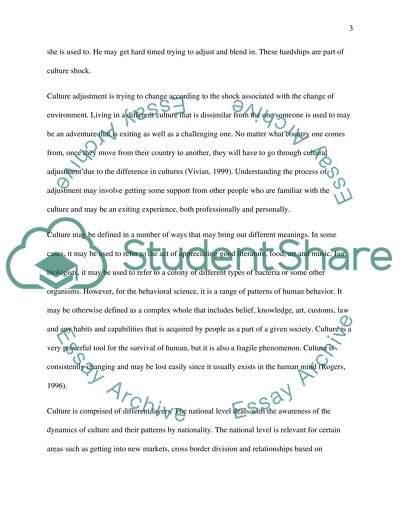Cite this document
(The Process of Cultural Adjustment Essay Example | Topics and Well Written Essays - 2250 words, n.d.)
The Process of Cultural Adjustment Essay Example | Topics and Well Written Essays - 2250 words. Retrieved from https://studentshare.org/sociology/1468449-analyse-the-concepts-of-ychculture-shockyie-and
The Process of Cultural Adjustment Essay Example | Topics and Well Written Essays - 2250 words. Retrieved from https://studentshare.org/sociology/1468449-analyse-the-concepts-of-ychculture-shockyie-and
(The Process of Cultural Adjustment Essay Example | Topics and Well Written Essays - 2250 Words)
The Process of Cultural Adjustment Essay Example | Topics and Well Written Essays - 2250 Words. https://studentshare.org/sociology/1468449-analyse-the-concepts-of-ychculture-shockyie-and.
The Process of Cultural Adjustment Essay Example | Topics and Well Written Essays - 2250 Words. https://studentshare.org/sociology/1468449-analyse-the-concepts-of-ychculture-shockyie-and.
“The Process of Cultural Adjustment Essay Example | Topics and Well Written Essays - 2250 Words”, n.d. https://studentshare.org/sociology/1468449-analyse-the-concepts-of-ychculture-shockyie-and.


